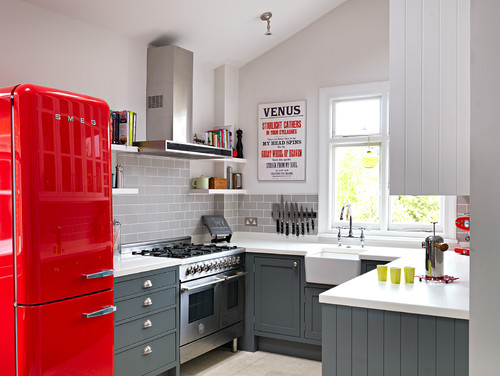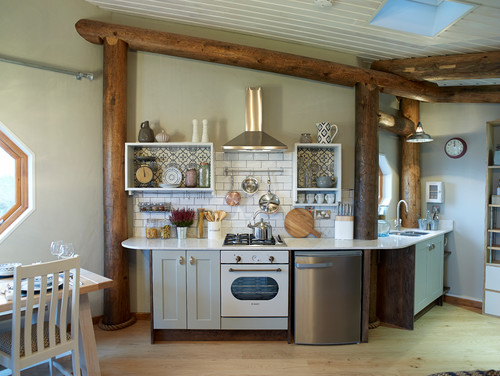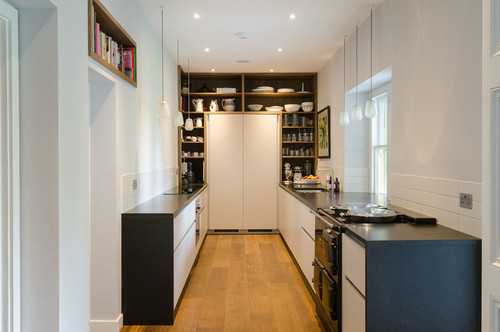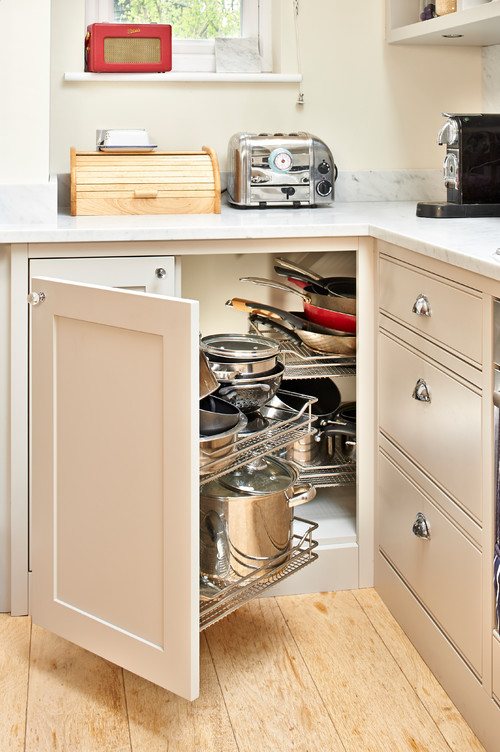Our Future is Now: The Coldwell Banker Brand Anthem


The power of the Coldwell Banker brand – in one customizable video (and downloadable eCards). View the brand anthem video and get your very own now.
From the CB Zap platform, award-winning CBx Listing Experience App, smart home initiative and record breaking ad campaigns, Coldwell Banker Real Estate has the resources that can help you lead your market and exceed your goals.
Watch above as we show exactly why Coldwell Banker is the real estate brand with real advantages. And the best part is you can customize this video and download an eCard for promotional use in your local market!
The Coldwell Banker network is filled with trailblazers, trendsetters and doers. By affiliating with the brand, your business demonstrates a power, reach and recognition of a global brand where we make a difference in the lives of others.
Source: Coldwell Banker Blue Matter Blig
How To Win A Bidding War Without Overspending


Winning a bidding war requires tactful strategy. What’s your next move?
Right now we are in a Seller’s Market here in Solano County. Oftentimes that means multiple offers over list price. It can be a frustrating and exhausting process. Read on for strategic tips!
It’s possible to win a bidding war without paying a cent more than you budgeted for.
-
Know what you can really afford
As far as emotional purchases go, buying a home ranks right up there with choosing a wedding dress — only the financial stakes are much higher. Unless you know ahead of time exactly how much house you can afford, you could easily be sucked into spending too much. Your lender or financial adviser can help you determine that number. Then it’s time to play ball.
“Submit your best and final offer early,” says Skyler Irvine, senior partner at Myriad Real Estate Group in Phoenix, AZ. “If $1,000 keeps you from pulling into the driveway of your dream home just because you wanted to play hardball, then you might regret this more than you can imagine.” But the flip side is also true. “If you get outbid because someone offered more than you were comfortable with spending, then you didn’t lose anything and made a smart financial decision.”
Here’s a real-life strategy from a client of Naples, FL, agent Gordon Campbell on how to submit the best offer in a “best and final” situation without going too high: “They simply added a clause stating that they would pay $1,000 more than the next ‘best and final’ capped at the original price as seen in the MLS.” The outcome? “They got the property for slightly more than the other bidder.”
-
Talk with the listing agent
You can put in an offer, but unless your agent makes the effort to speak with the listing agent, your offer, in a multiple offer scenario, will probably not stand out. Gary Hughes, a Virginia real estate agent, recently received 13 offers for a property he listed. “Twelve were just emailed, and the buyers’ agents did not speak to me,” he says. But one agent called and had the lender follow up. “The lender and the buyer’s agent were able to address a concern in a way that assured me it would get to settlement. It wasn’t the highest offer, but it was close. Those conversations made all the difference.”
-
Propose a shorter closing
It’s always beneficial to find the seller’s motivation for selling (if you can). Let’s say they just accepted a new job in another part of the country. This seller is probably highly motivated to sell quickly. “If you can close the deal in two or three weeks, you may win over the higher offer that comes with a six-week closing period,” says Eric Bowlin, a real estate investor.
But just how do you go about closing faster? Here’s one way: “Tighten up your inspection time frame so sellers know that they can get through to a closing date quicker,” says William Golightly, a Florida agent.
Buyers can also be preapproved, or even better, get a conditional approval, from their lender. Going through the mortgage process first allows you to close just as fast as all-cash buyers do. -
Rent the house back to the sellers
Some sellers aren’t interested in a short closing at all. In fact, the opposite could be true. Sellers who don’t have to sell quickly but who are just making a change, such as downsizing or upsizing, might want a long closing or some sort of flexible deal to give them time to find their new home. “Being able to rent back the property to the seller for a few months while they solidify their next purchase can go a long way into not needing to overbid on the property,” says Aaron Norris, a California real estate investor with The Norris Group.
-
Submit an as is offer
The fewer conditions you put on negotiating the house price, the more attractive you look to sellers. Consider offering to buy the house as-is. Miami Beach, FL, agent Jill Hertzberg says, “You can opt out of conducting inspections.” But since this is an extremely risky proposition, Hertzberg suggests instead of waiving the inspection altogether, decrease the inspection period to two days maximum. Lilia Biberman, a Boca Raton, FL, agent says to only waive the inspection “if you have a firm grasp of all the possible defects a property may possess and the costs associated with remedying those defects.” Also, if you’ll be paying in cash, you don’t need a financing contingency, which protects buyers who don’t secure financing in time.
Source: Trulia Blog
How to Keep a Small Kitchen Organized


Everyone LOVES a big kitchen. Lots of room to whip up your culinary delights! The truth is that anyone can adjust and create beautiful meals in a small kitchen. Its all in the organization!
It can be tricky keeping a compact cooking space tidy, but these ideas can help keep a small kitchen organized.
Contrary to what you might think, you don’t need acres of counter space or dozens of drawers and cupboards to have an organized kitchen that’s a joy to cook in. If anything, a smaller kitchen can encourage you to streamline your stuff and live more simply. Who wants cabinets chock-full of unloved pasta machines and dusty bread makers anyway? Check out these easy ways to restore order to your less-than-enormous kitchen.
1. Start with a utensil rack. Not only will it give you a place to hang slotted spoons and ladles for easy access while cooking, it will also free up precious drawer space.
Even in the tiniest kitchen, you can usually find somewhere to squeeze one in — under a cupboard or shelf or above the stove. Stainless steel models work in most styles of rooms and are easy to wipe down.
2. Get a knife holder. A knife block or magnetic rack is one of those simple items that really do make a difference in how functional your kitchen is. After all, rummaging around in a drawer for a piece of kitchen gear you use frequently is time-consuming and dispiriting.
A wall-mounted rack like this one keeps things orderly without swallowing too much space. Buy decent knives if you can afford it, as they should last a lifetime. One advantage of a magnetic rack is that you can slowly build up your collection of knives, buying one at a time, rather than having to invest in one large block complete with knives, which can be pricey. If you’re starting from scratch, a bread knife, paring knife and chef’s knife are essential.
3. Assign dedicated storage areas. Kitchen clutter can easily accrue, so it makes sense to assign different cupboards a specific purpose and stick to it. And dedicate a few minutes every couple of weeks to returning stray plastic lids or pot covers to their homes and sweeping out spilled spices and coffee grounds — it really will make a difference in how pleasurable (and easy) your kitchen is to use day to day.
4. Reduce your numbers. If your kitchen is really mini, or even if it isn’t, think about doing a good edit of your paraphernalia. Be honest: Do you really need more than a handful of plates, mugs or glasses if there are only one or two of you?
Having less stuff can be immensely freeing — and will significantly reduce the amount of time you spend washing up, which is a big bonus.
5. Gather and display. This cute kitchen demonstrates how you can be organized and chic at the same time. A charming crock to hold wooden spoons, a wall-mounted crate or two to provide a home for vintage-style scales and jugs, a small wall-mounted spice rack — they all add a pretty touch as well as having a practical function.
6. Be clever with your cabinets. Use every spare inch in a small kitchen by building recessed shelves where feasible. Here, they surround an integrated refrigerator. With this design solution, wall space that’s too skinny or awkwardly shaped for extra cabinets can still be used to hold frequently used items. In this kitchen, it also helps open up the room and leads the eye to an appealing feature.
The other clever feature in this kitchen is the cookbook niche above the door — another neat storage trick that doesn’t take up too much room. Ask a builder if one can be carved out from an existing wall.
7. Go minimal. Are you in the process of picking new cabinets for your compact kitchen? Consider this look. Ultra-plain, handleless cabinets in a nude hue are soothing to look at and give a sense of visual order. Pick a seamless backsplash such as this slab of marble, since tiles with grout can look busy.
8. Get in a tight corner. When space is tight, an ingenious trio of pullout corner drawers is a lifesaver, helping to solve the problem of lost space in those awkward-to-access base cabinets.
If you’re remodeling, think about how you’d use such drawers — for cutlery, towels, pans, dishes? Here, a slimmer top drawer is complemented by the two deeper ones, so all the bases are covered.
9. Put the pans away. Similarly a pullout pan rack can be a gift in a small kitchen, creating an organized home for frying pans and saucepans and keeping you from tearing your hair out as you hunt around in the backs of cupboards. Also try using racks for items such as steamers or large, unwieldy casserole dishes.
10. Organize inside. It may sound like a no-brainer, but often what makes a kitchen, big or small, organized is how we arrange the insides of our cupboards. Shelf and drawer dividers, hooks, racks and other storage devices are key to keeping order. Consider what works for you and go custom if you can. Are you a Mason jar and Tupperware kind of person? Do you prefer mugs on hooks, shelves or in drawers? Storage is often about personal preference. Here, the slim slots for chopping boards and placemats are a brilliant idea, as is the slim pullout spice rack.
Source: CB Blue Matter / Houzz

 Facebook
Facebook
 X
X
 Pinterest
Pinterest
 Copy Link
Copy Link



























